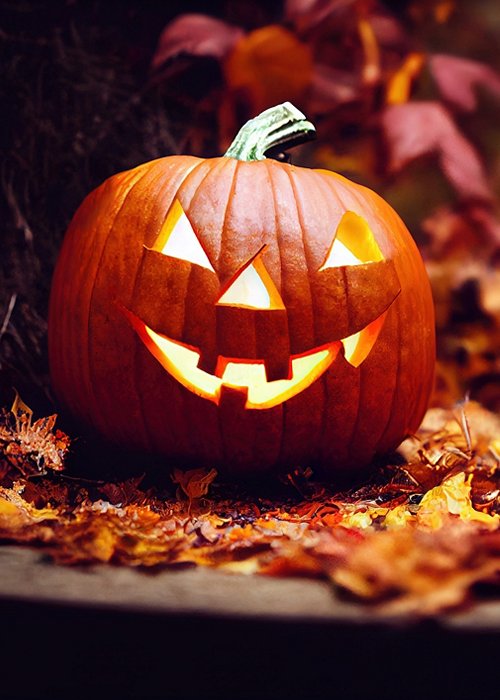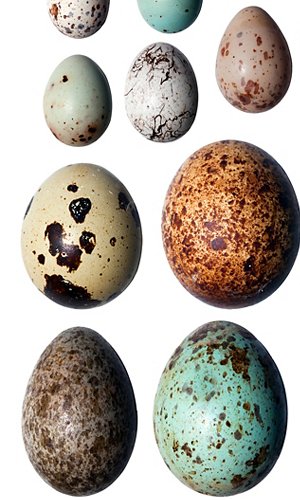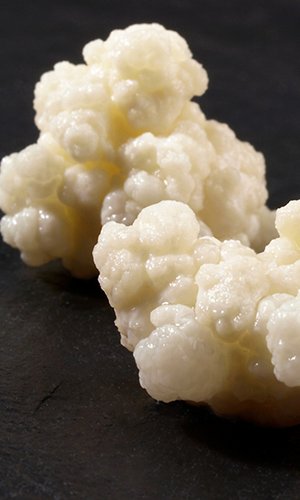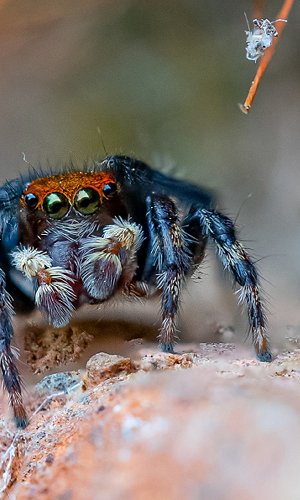The tradition of the Halloween pumpkin dates back to the Celtic festival of Samhain, celebrated on October 31, when it was believed that the realms of the living and the dead overlapped. During this festival, lanterns were lit to guide good spirits and repel evil ones. The Celts, an ancient Indo-European people who spread across much of Europe from the 2nd millennium BC, including modern-day Spain, the British Isles, and parts of Asia Minor, were not a single empire or nation. Instead, they were organized into independent tribes and groups bound by common culture, language, and similar traditions. Today, “Celtic” describes these cultures with shared characteristics, such as a pantheon of nature-related deities, including gods of war, fertility, and hunting, and spirits linked to rivers, forests, and mountains. The priestly class, the Druids, held significant influence as spiritual leaders, judges, teachers, and guardians of religious and social knowledge. Celtic rituals and celebrations, like Samhain, expressed a deep connection with seasonal cycles. Originally, however, pumpkins were not used—instead, turnips and beetroots served as lanterns. In Ireland and Scotland, people would hollow out these vegetables to create “Jack-o’-lanterns,” protecting homes and villages from wandering spirits. According to legend, a character named Stingy Jack, a cunning man who tricked the devil, was condemned to wander for eternity with only a lantern made from a turnip, lit by a burning coal. When Irish and Scottish immigrants arrived in the United States in the 19th century, they found that pumpkins—a crop native to North America—were larger and easier to carve than turnips. Thus, they replaced the turnips with pumpkins, creating the tradition we now recognize as the Halloween symbol. Since then, carved and illuminated pumpkins have become a hallmark of Halloween, symbolizing both the autumn celebration and the legend of Jack-o’-lantern.




